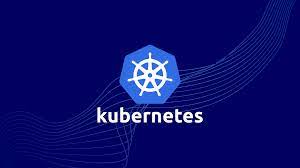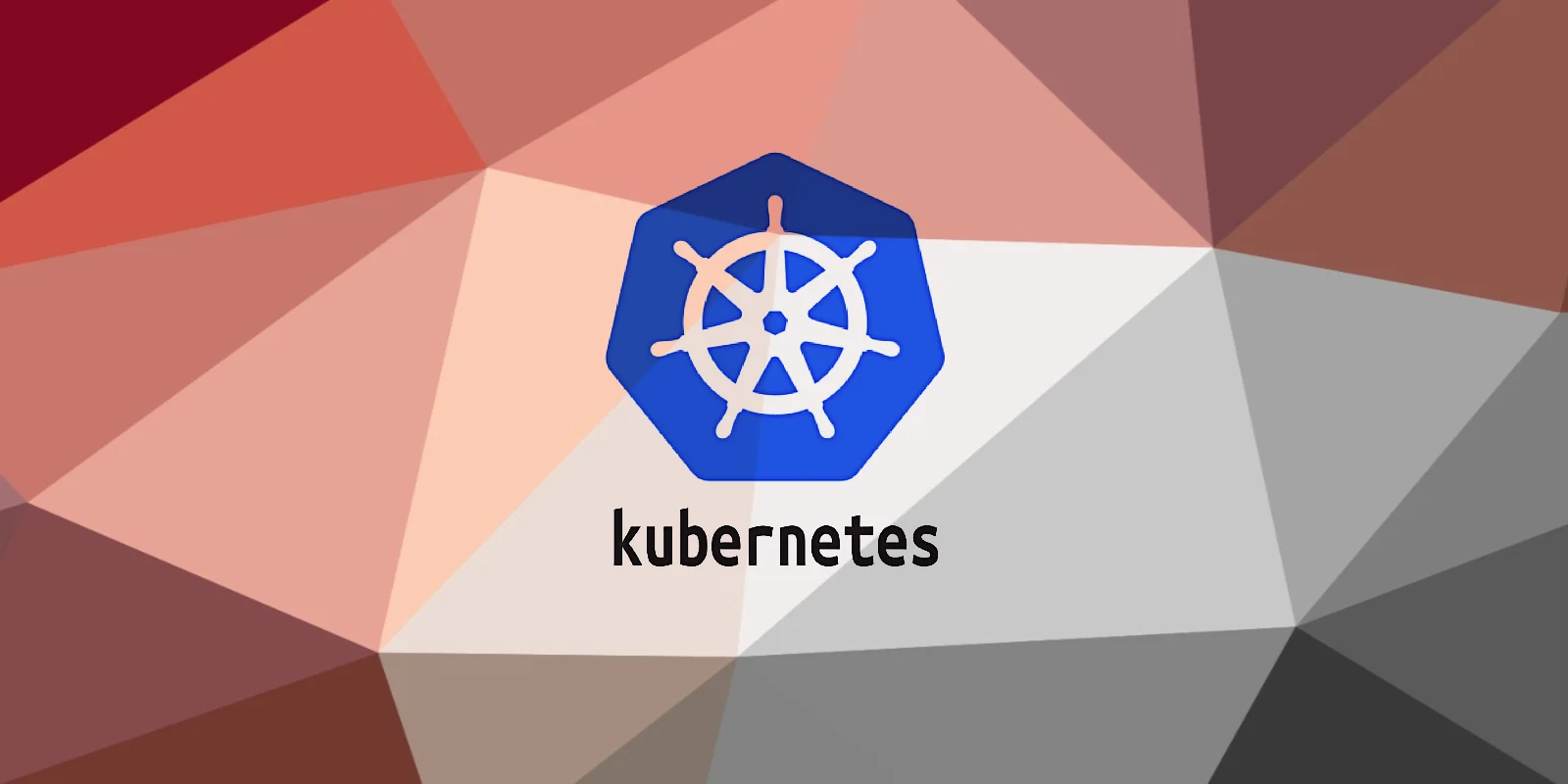Description
Introduction of Automation in DevSecOps
This training focuses on automating security in the DevSecOps pipeline, covering the tools, techniques, and best practices necessary for efficient and effective security testing. As automation becomes key in delivering secure software quickly, this course teaches participants how to integrate automated security checks, vulnerability scanning, and compliance testing into the DevOps process. Through hands-on sessions, learners will gain expertise in leveraging automation to continuously monitor, detect, and respond to security threats.
Prerequisites
Participants should have:
- A basic understanding of DevSecOps principles and practices.
- Familiarity with CI/CD tools such as Jenkins, GitLab, or CircleCI.
- Basic knowledge of security concepts, such as encryption, firewalls, and vulnerability scanning.
- Experience with coding or scripting is beneficial but not required.
Table of Contents
1: Introduction to Automation in DevSecOps
1.1 Why Automate Security in DevOps?
1.2 Importance of Security Automation in the DevSecOps Process
1.3 Key Automation Concepts in DevSecOps
1.4 Overview of Automation Workflows, Pipelines, and Security Integration
1.5 Challenges in Manual Security Testing
1.6 Limitations of Manual Testing and the Need for Automation in CI/CD Pipelines
1.7 DevSecOps Automation Lifecycle
1.8 Lifecycle from Development to Deployment and Monitoring
2: Automated Security Testing in DevSecOps
2.1 Static Application Security Testing (SAST)
2.2 Automating Code Scanning for Vulnerabilities During Development
2.3 Dynamic Application Security Testing (DAST)
2.4 Automating Detection of Security Flaws in Running Applications
2.5 Interactive Application Security Testing (IAST)
2.6 Combining SAST and DAST for Comprehensive Testing
2.7 Hands-On: Setting Up SAST and DAST in CI/CD Pipelines
3: Automating Vulnerability Scanning
3.1 Dependency and Vulnerability Management
3.2 Automating Dependency Checks and Vulnerability Management in Pipelines
3.3 Container and Image Security
3.4 Automating Vulnerability Scanning in Containers (e.g., Docker) and Images
3.5 Infrastructure as Code (IaC) Security Automation
3.6 Using Automation Tools to Ensure Secure Infrastructure with Terraform
3.7 Hands-On: Implementing Automated Vulnerability Scanning in CI/CD
4: Automation Tools for DevSecOps
4.1 Security Automation Toolchain
4.2 Overview of Tools like OWASP ZAP, SonarQube, Trivy, and Others
4.3 Implementing Security Tools in CI/CD
4.4 How to Integrate Security Automation Tools into CI/CD Workflows
4.5 Choosing the Right Tools
4.6 Best Practices for Tool Selection Aligned with Security Goals
4.7 Hands-On: Integrating a Security Automation Toolchain
5: Automating Compliance and Governance
5.1 Compliance as Code
5.2 Automating Compliance Checks and Governance Policies in Pipelines
5.3 Policy Enforcement and Audit Automation
5.4 Using Open Policy Agent (OPA) for Automated Governance
5.5 Automating Regulatory Compliance
5.6 Ensuring CI/CD Pipelines Meet Standards (e.g., GDPR, PCI DSS)
5.7 Hands-On: Setting Up Automated Compliance Testing
6: Threat Detection and Response Automation
6.1 Continuous Security Monitoring
6.2 Automating Monitoring for Security Threats in Production Environments
6.3 Incident Detection and Response Automation
6.4 Automating Workflows for Response to Security Threats
6.5 Using AI/ML for Security Automation
6.6 Enhancing Threat Detection and Response with AI/ML in DevSecOps
6.7 Hands-On: Implementing Automated Threat Detection and Response
7: Best Practices in DevSecOps Automation
7.1 Security as Code
7.2 Treating Security Policies and Practices as Code
7.3 Shifting Left with Security Automation
7.4 Moving Security Earlier in the Development Pipeline
7.5 Collaboration Between DevOps and Security Teams
7.6 Best Practices for Effective Communication and Collaboration
7.7 Case Study: Automating Security in a Real-World CI/CD Pipeline
8: Future Trends in DevSecOps Automation
8.1 Emerging Trends in Security Automation
8.2 Advances in Security Automation and Their Impact on DevOps
8.3 Cloud-Native Security Automation
8.4 Automating Security for Cloud-Native Architectures, Containers, and Serverless
8.5 Advanced Security Orchestration
8.6 Orchestrating Complex Security Workflows and Automation at Scale
8.7 Hands-On: Implementing Advanced Security Automation for Cloud-Native Application
This training will ensure that participants understand the power of automation in securing DevOps pipelines, empowering them to build secure, scalable, and resilient CI/CD systems with automated security measures in place.
If you are looking customized info, Please contact us here
Reference







Reviews
There are no reviews yet.